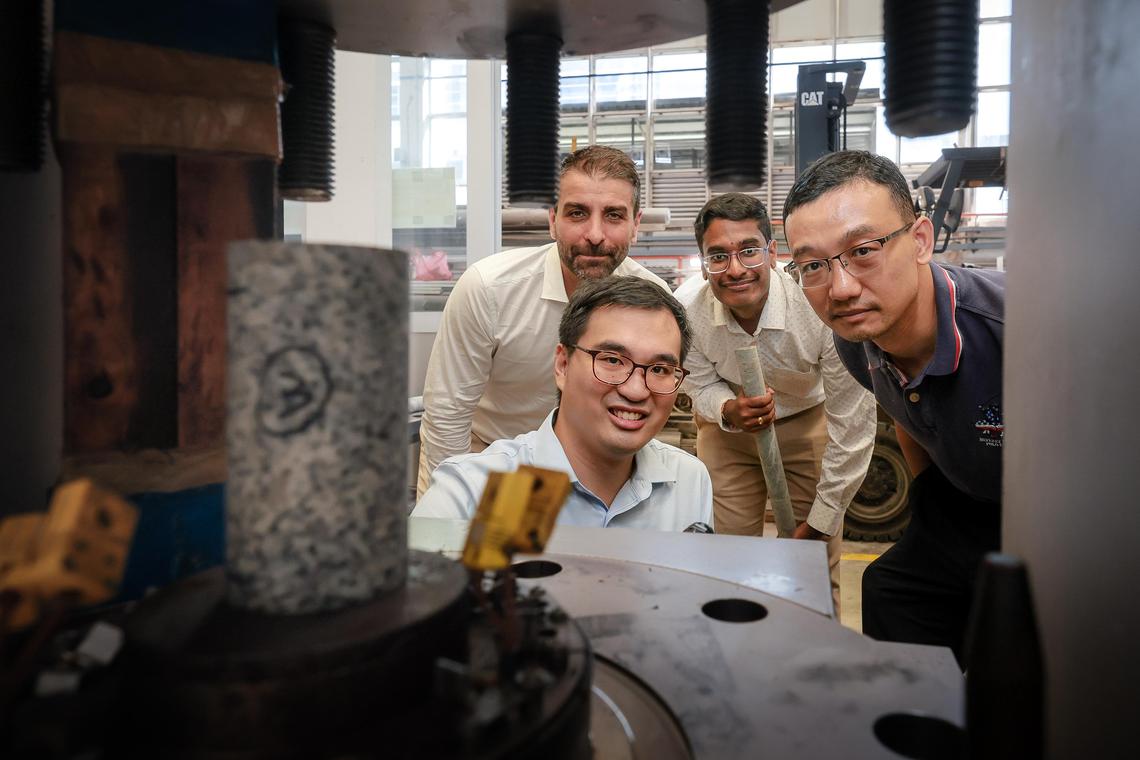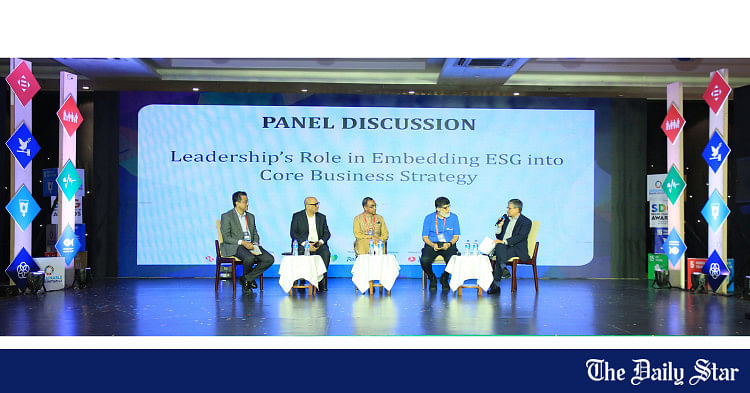Summary
Discovery of high temperatures underground has shown the potential of using geothermal energy here. Read more at straitstimes.com. Read more at straitstimes.com.
Source: The Straits Times

AI News Q&A (Free Content)
Q1: What potential does geothermal energy hold for Singapore's energy strategy?
A1: Geothermal energy could be a significant component of Singapore's energy strategy, providing a sustainable and renewable source of power. Currently, Singapore's energy consumption is heavily reliant on petroleum and natural gas. However, the discovery of high temperatures underground suggests that geothermal energy could help diversify the country's energy mix, reducing its carbon footprint and enhancing energy security.
Q2: What are the current technological barriers to the widespread adoption of geothermal energy?
A2: Current technological barriers include challenges with deep closed-loop geothermal systems, which rely on conduction and free convection to transport energy, processes that are inherently slower than forced convection. This results in lower energy yields and less favorable economics, making widespread adoption challenging without technological breakthroughs.
Q3: How does geothermal power contribute to reducing greenhouse gas emissions compared to traditional coal-fired plants?
A3: Geothermal power stations emit significantly lower greenhouse gases compared to conventional coal-fired plants. On average, geothermal electric stations emit about 45 grams of carbon dioxide per kilowatt-hour, which is less than 5% of the emissions from coal-fired plants. This makes geothermal energy a more environmentally friendly option.
Q4: What are the environmental impacts associated with geothermal energy production?
A4: Geothermal energy production has relatively low environmental impacts compared to fossil fuels. It involves minimal land use and produces low levels of greenhouse gas emissions. However, challenges such as mineral scaling in geothermal fields, like the stibnite scaling observed in Turkey's Germencik region, can affect energy harvesting efficiency and require careful management.
Q5: What recent developments in geothermal energy technology could enhance its viability?
A5: Recent developments include innovative approaches to Enhanced Geothermal Systems (EGS) and the use of geothermal energy storage. New exploration technologies and the integration with carbon capture and storage are also being explored. These advancements could potentially overcome existing technical barriers and improve the economic feasibility of geothermal energy.
Q6: How does Singapore's strategic position influence its energy strategy, including geothermal energy?
A6: Singapore's strategic position as a maritime hub has historically influenced its reliance on petroleum and petrochemicals. However, the shift towards renewable energy sources, like geothermal energy, aligns with its strategic goals to enhance sustainability, reduce carbon emissions, and diversify energy sources amid global energy transitions.
Q7: How does geothermal energy compare with other renewable energy sources in terms of global potential?
A7: Globally, geothermal energy is a minor component compared to solar and wind but holds considerable potential. Current geothermal power capacity is a fraction of the total potential, with significant untapped resources. It offers a steady and reliable power supply, unlike intermittent sources like solar and wind, and could meet 3-5% of global energy demand by 2050.
References:
- Energy in Singapore
- Geothermal power
- Technical barriers for deep closed-loop geothermal
- Characterization of Sb scaling and fluids in saline geothermal power plants: A case study for Germencik Region
- Quantitative approximation of geothermal potential of Bakreswar geothermal area in eastern India




